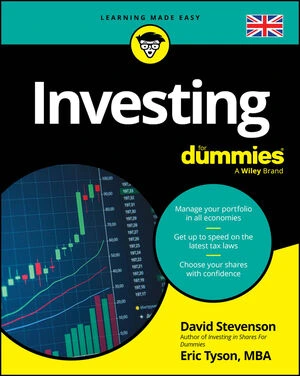Momentum investors hope to pile into a stock while it's still soaring, grab a quick gain and get out.
Classic momentum investing — or a type of speculation using technical analysis — is contrary in most ways to fundamental analysis. But fundamental analysts might consider borrowing a bit from this concept, as strange as it sounds, when examining fundamental data.
By watching for momentum in a company's fundamentals, you might get a tip-off that something meaningful is taking place at a company.
One way to apply the concept of momentum to fundamental analysis is by studying earnings acceleration. Here, you're not just looking for companies that are increasing their profitability every quarter or year. You're being even pickier. You want to find companies that are increasing the rate at which earnings are growing.To perform an earnings-acceleration analysis, you just need to have a company's earnings growth rate for the last few periods. While it's usually done using quarterly results, the analysis can be done using quarters or years.
Consider home-improvement retailer Lowe's as an example of momentum spotting. Why Lowe's? The Financial Crisis of 2008 caused immeasurable damage to the housing market as the mortgage market got clogged. But once the housing market started to mend in 2012, fundamental analysts might have expected demand for doors, windows, and other materials for homes to improve pretty quickly. Where they right?Following is an example of how you might do a fundamental momentum analysis for Lowe's net income for four past years.
| Fiscal year (ended January) | Net income ($ millions) |
| 2015 | $2,698 |
| 2014 | $2,286 |
| 2013 | $1,959 |
| 2012 | $1,839 |
Source: S&P Capital IQYour first step is calculating the growth rate between each period. A growth rate is the difference between the most recently reported quarter and the same period in the previous year's quarter. Once you measure each year's growth, you get a chart that looks like what you see here.
| Fiscal year (ended January) | Annual growth |
| 2015 | 18% |
| 2014 | 16.7% |
| 2013 | 6.5% |
Fundamental analysts often look for quarterly earnings momentum, for instance, when trying to figure out how successful a new product is. New products can be critical to a company's sustained earnings growth. And if something a company introduces is catching on with customers, an earnings-acceleration analysis might show something exciting is going on at the company.
Because this book is about fundamental analysis, only the basics of technical analysis are covered so you're up to speed on the purpose and role of this very different way of studying stocks. There you'll find everything you want to know about technical analysis and will never look at a stock chart the same way.





